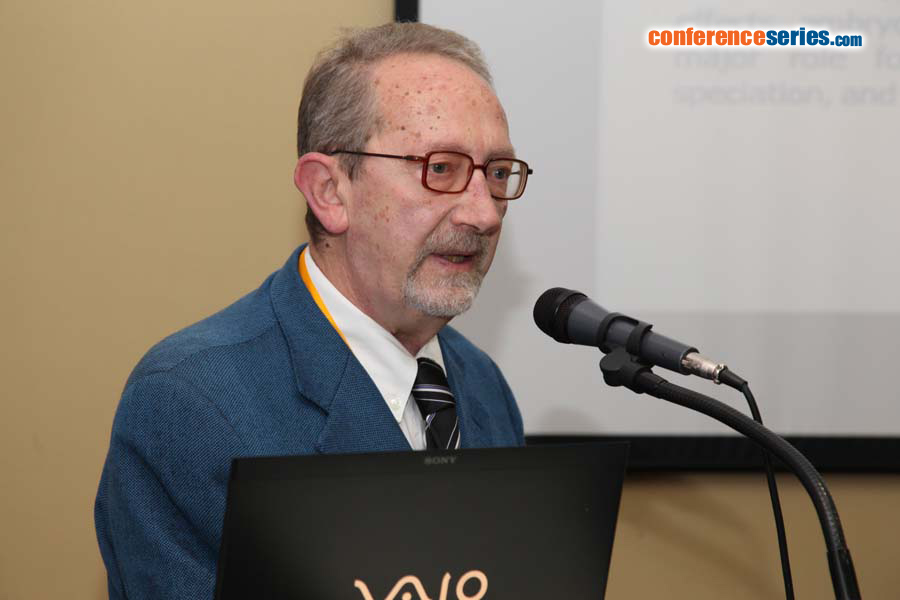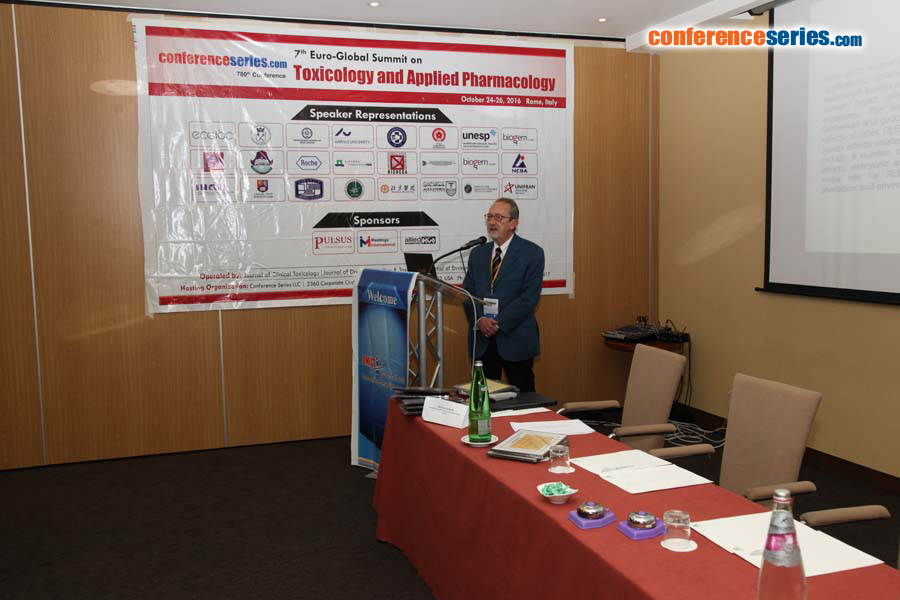
Giovanni Pagano
Federico II Naples University, Italy
Title: Rare earth elements as novel environmental contaminants: current knowledge and research priorities
Biography
Biography: Giovanni Pagano
Abstract
Rare earth elements (REEs) are used in several industrial and medical applications. Relatively scarce information is available to date on REE-associated biological effects, including bioassays on animal models, and human health effects following occupational or environmental REE exposures. The literature is mostly confined to reports on cerium, lanthanum and gadolinium, whereas information gaps persist on the health effects of other REEs. An established action mechanism in REE-associated health effects relates to modulating oxidative stress, and adverse effects include a number of endpoints, such as growth inhibition, cytogenetic effects, embryonic arrest and malformations, and organ-specific toxicity. A major role for REE-associated effects relates to pH-dependent REE speciation, and environmental acidification enhances REE toxicity.
We have reported recently that a set of light REEs [Y(III), La(III), Ce(III), Nd(III), Sm(III) and Gd(III)] induce a number of adverse effects to early life stages in sea urchin sperm and embryos, including developmental defects, cytogenetic damage and redox anomalies. The current study is focused on some heavy REEs [Dy(III), Ho(III), Er(III), Yb(III) and Lu(III)], altogether pointing to more severe effects vs. light REEs. The likely environmental threats arising from REE exposures deserve a new line of research efforts. Research priorities should focus on elucidating the comparative toxicities of heavy vs. light REEs, which might provide warning about the use of most toxic REEs. Most relevant research lines should be designed in mammalian and human exposures, namely by performing life-long exposures in animal model and by undertaking appropriate epidemiologic investigations.






